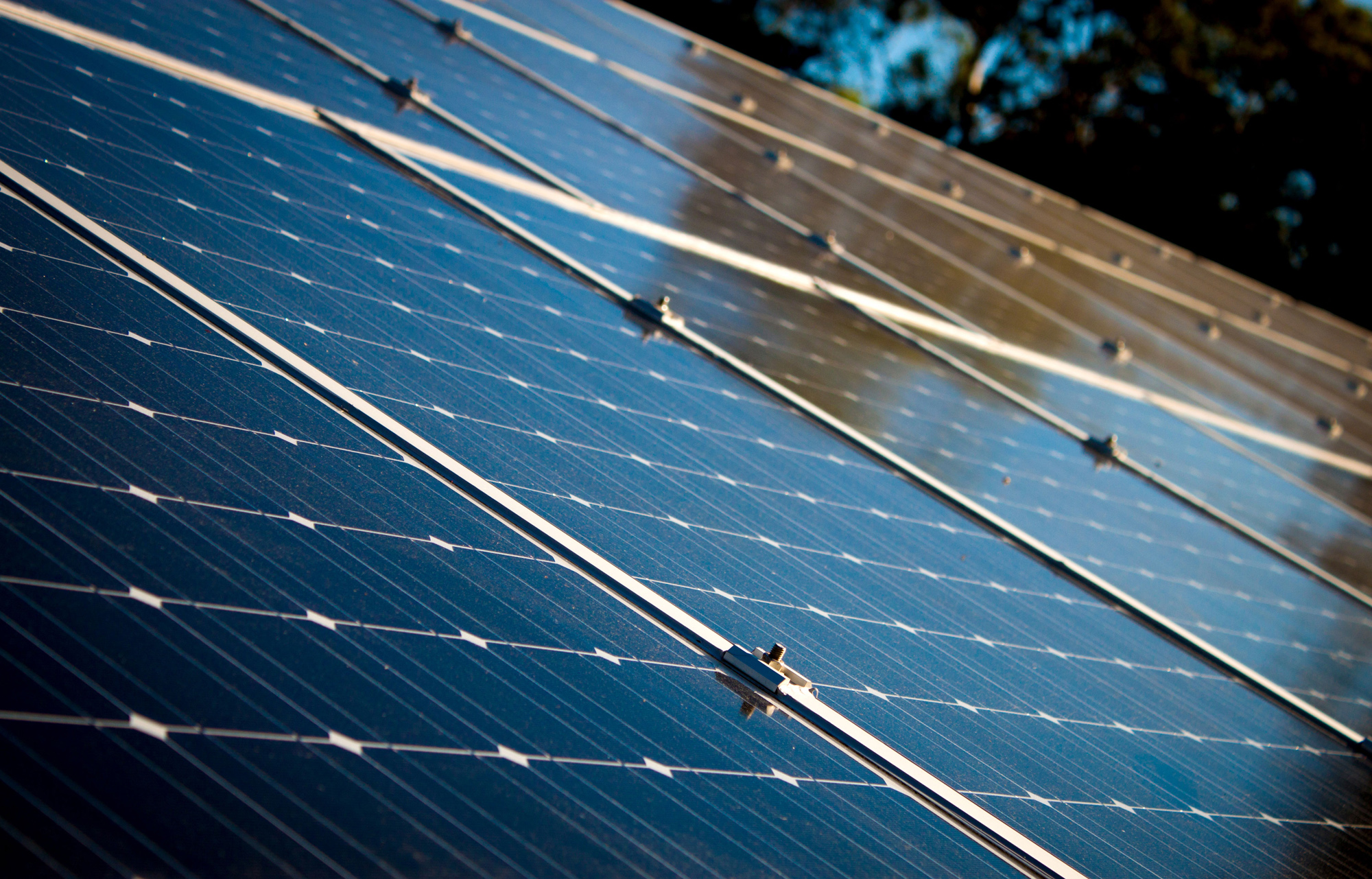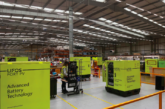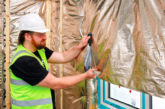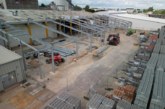
Paul Hutchens, a Director of solar specialists Eco2Solar, explores the landscape of energy production and outlines the benefits of incorporating Solar PV in a new-build home.
Every minute of every day, 5,000 times as much energy as we need hits the earth in the form of solar energy. What if we could harness more of that?
Meanwhile, because of a number of complex variables, the price of electricity is going up. We live in an age of fragile world markets, politically-motivated events, concerns around world food production and potentially climate change driven catastrophes. All these factors impact on the availability and cost of energy production. This highlights the need for the UK to become more self-reliant at a national level, and for the Government to create mechanisms for us to move towards a more sustainable society in terms of energy production and usage.
More sustainable
Our houses are generally more sustainable now than they have ever been; most of us have double or triple glazing, and we have fairly high levels of insulation in our walls, floors and ceilings. New-build homes now come with A-rated appliances which generally use much less electricity.
As a society, we are not too far away from the average homeowner having the capacity to become at least semi-sustainable. Solar energy is available to the vast majority of us – with the only exceptions being those who live in listed, thatched or particularly unusual buildings.
When it comes to solar panels, the cost is now 20% of what it was when people first began installing them. Aesthetically there have been significant developments too. Gone are the old blue panels jutting out eight inches above a roof. We now embed panels that can be the same colour as the roof tiles, which sit directly in the roof and appear part of the house.
Monitoring solar energy
Advances in technology enable complete transparency in how a solar energy system is performing. Usage can be monitored via an app that is linked directly to the inverter. Users can see what percentage they are importing from the National Grid, what percentage is being exported back and what percentage of generated solar energy is being used. Yet this technology is extremely basic compared to what’s coming in the near future.
It is already happening in Germany, where block-chain technology exists that could entirely change the landscape of renewables and sustainability. It works by providing a shared ledger of all available energy within a user’s home, and instead of our current model of a user paying for another user’s available energy via the National Grid and utilities companies, it enables direct billing and payment between users.
As smart technologies become more widespread, consumers will become much more accustomed to monitoring and manipulating home energy by switching things on and off remotely through smart devices. Artificial intelligence already exists that allow items in a home to predict usage, switch themselves on or off and become more efficient.
Housebuilders seeking to build homes to meet both current and future requirements should consider the opportunities made available by Solar PV systems.








